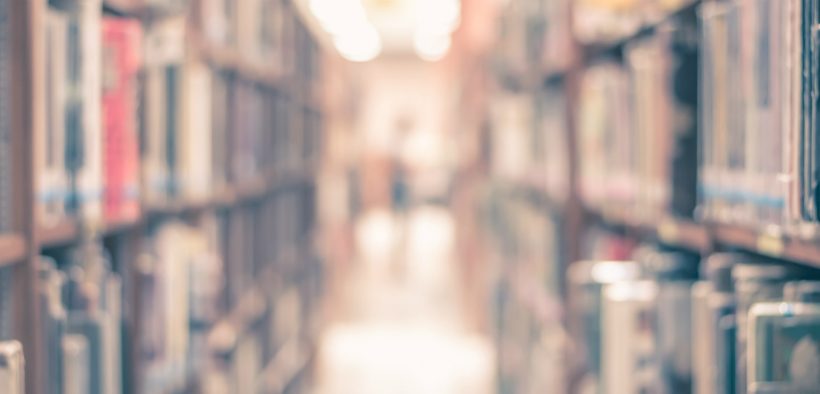Being able to track your learning, make adjustments, and recognize when you have learned—those are skills that make a difference, both professionally and personally. Barry Zimmerman (1986), known for his work on self-regulated learning, defines learners with those skills as being “metacognitively, motivationally, and behaviorally active participants in their learning” (p. 308). These are learners who can name their strengths and weaknesses, set challenging but realistic goals, monitor their learning as it happens, and reflect on it after the fact. Unfortunately, that doesn’t describe how many of our students handle their learning experiences.
Related Articles
I have two loves: teaching and learning. Although I love them for different reasons, I’ve been passionate about...
Active learning is a mostly meaningless educational buzzword. It’s a feel-good, intuitively popular term that indicates concern for...
Perhaps the earliest introduction a student has with a course is the syllabus as it’s generally the first...
Generative AI allows instructors to create interactive, self-directed review activities for their courses. The beauty of these activities...
I’ve often felt that a teacher’s life is suspended, Janus-like, between past experiences and future hopes; it’s only...
I teach first-year writing at a small liberal arts college, and on the first day of class, I...
Proponents of rubrics champion them as a means of ensuring consistency in grading, not only between students within...










One Response
I find it a bit distressing that studies as interesting as the one described in this note use exam performance as an indicator of students’ learning. In my opinion, exams are blunt instruments to measure student memorisation ability, at best. In today’s world we should be interested in how confident are students at using information and knowledge to solve problems, not solving exams.